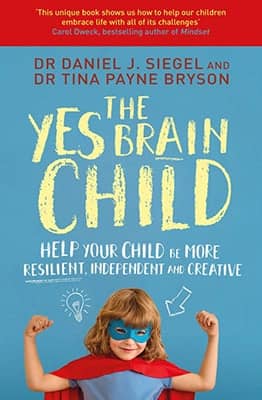IGNITE Students Undertake Real-World Challenges
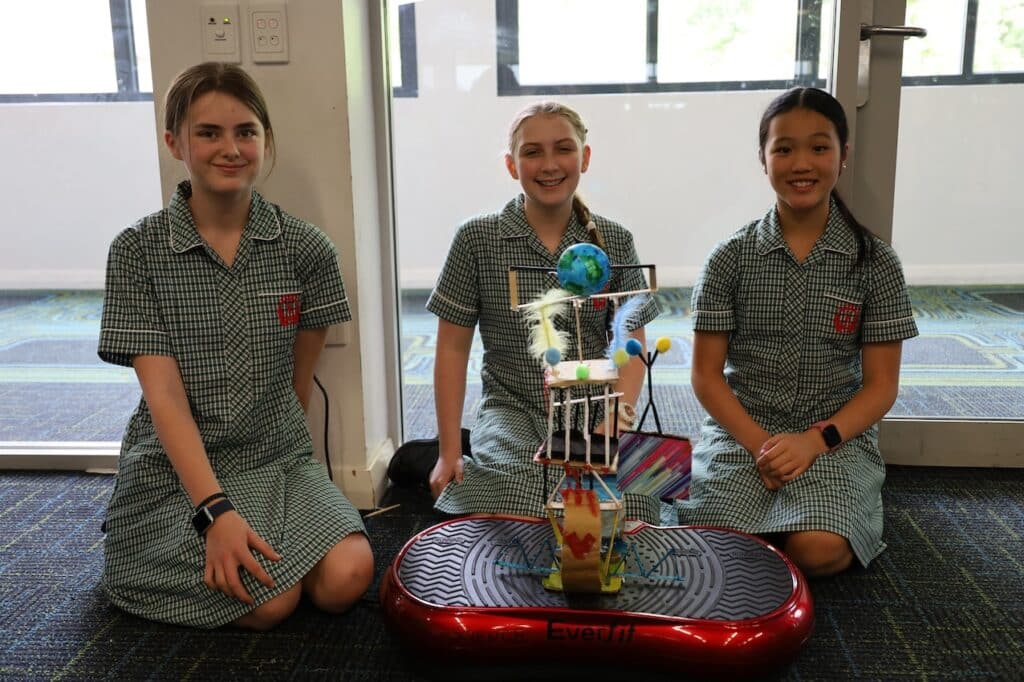
In our Gifted & Talented program, IGNITE, we kindle the flames of curiosity and learning. Each IGNITE unit is an opportunity for creative thinking, high-order cognition, and problem-solving.
This semester, the Year 7 IGNITE classes embarked on a project that immersed students in the real-world roles of architects, builders, engineers, and accountants. The challenge was to create earthquake-proof architect companies.
The students navigated the world of entrepreneurship by taking on the following roles:
Lead Architect: Making pivotal decisions and drafting plans for the company.
Accountant: Managing the company’s finances, from material purchases to making investments.
Construction Worker: Overseeing the build of the final product.
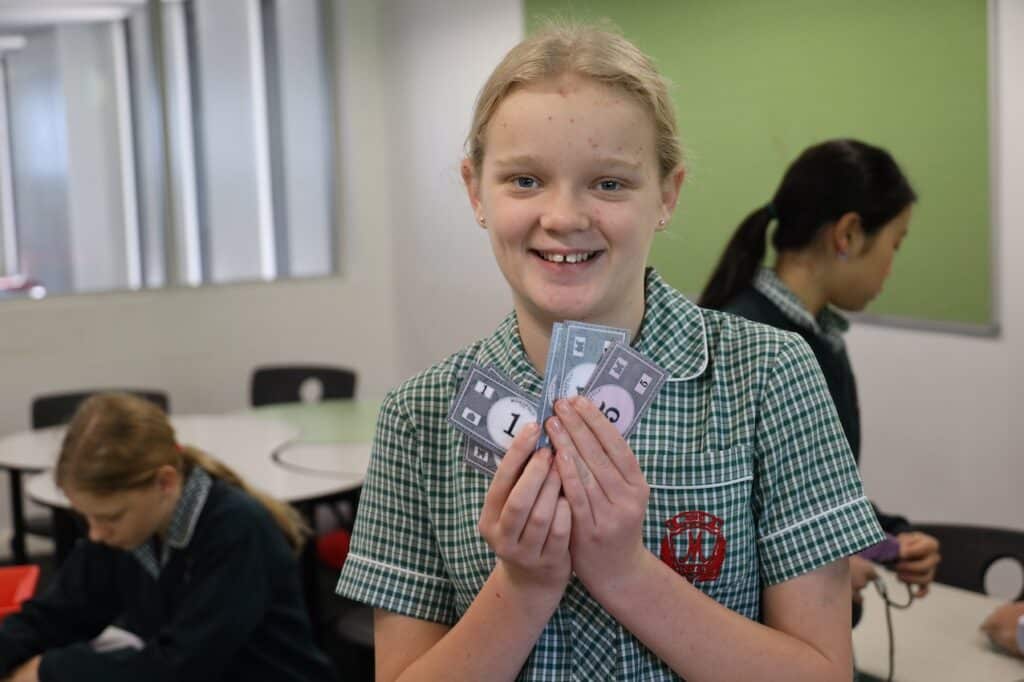
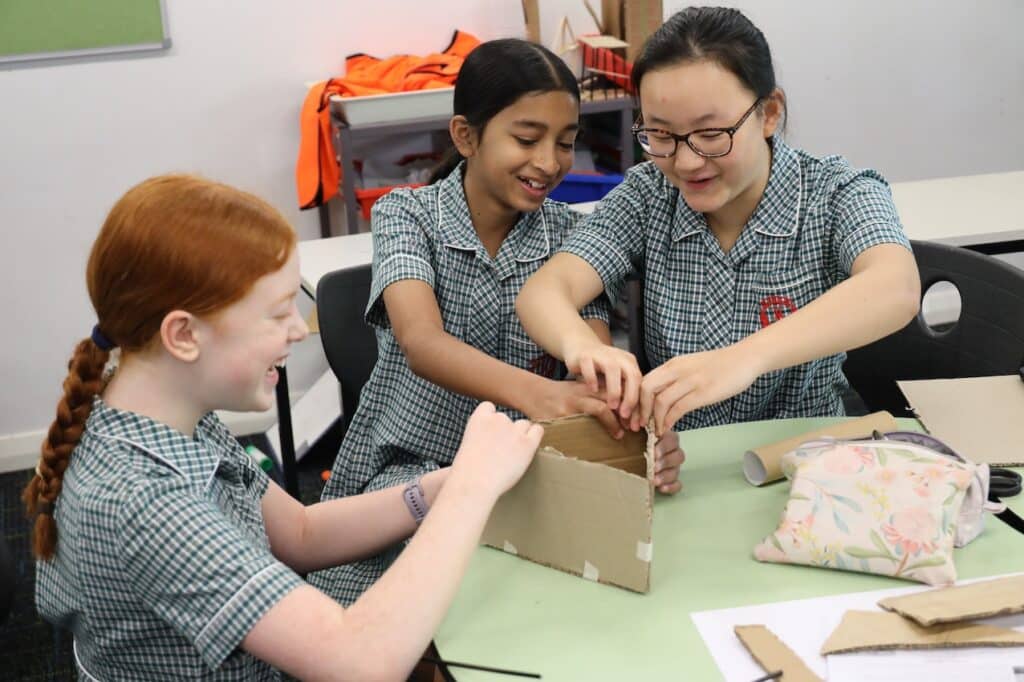
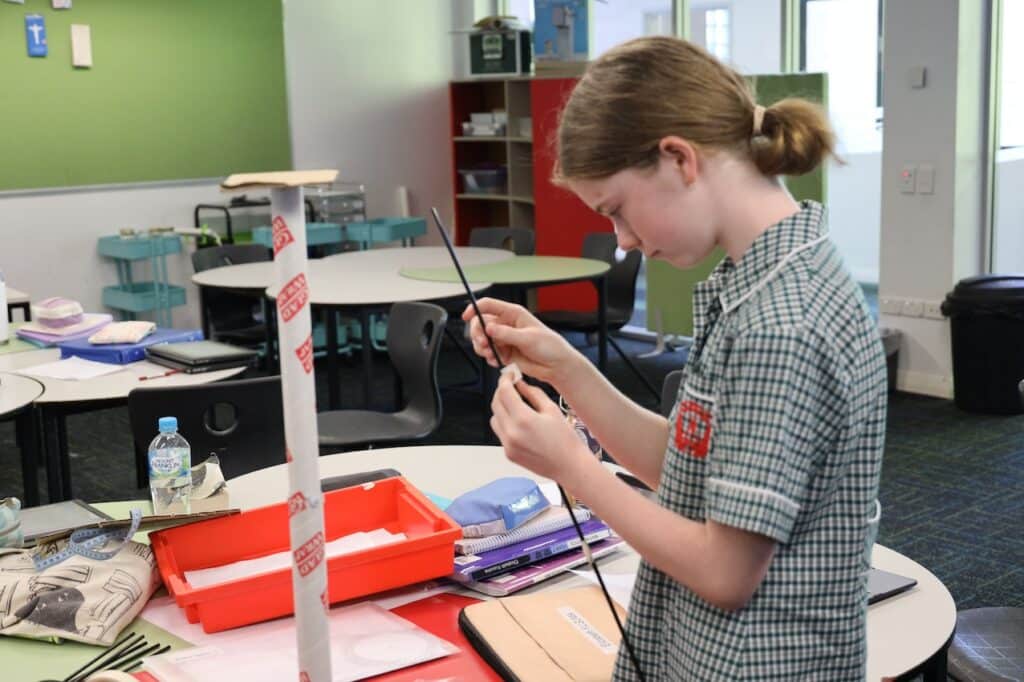
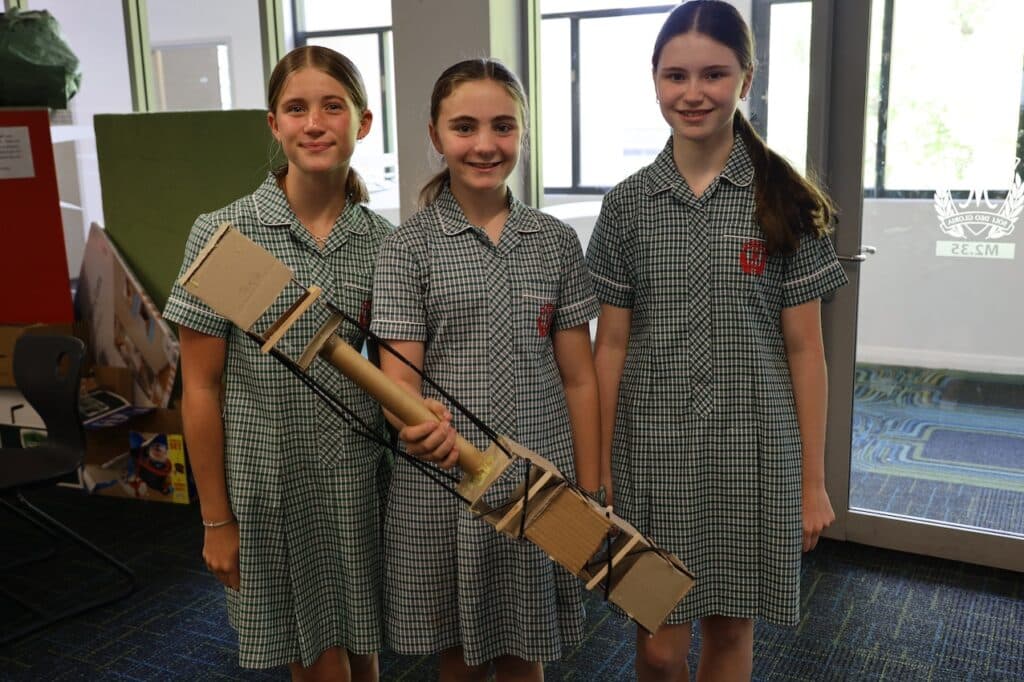
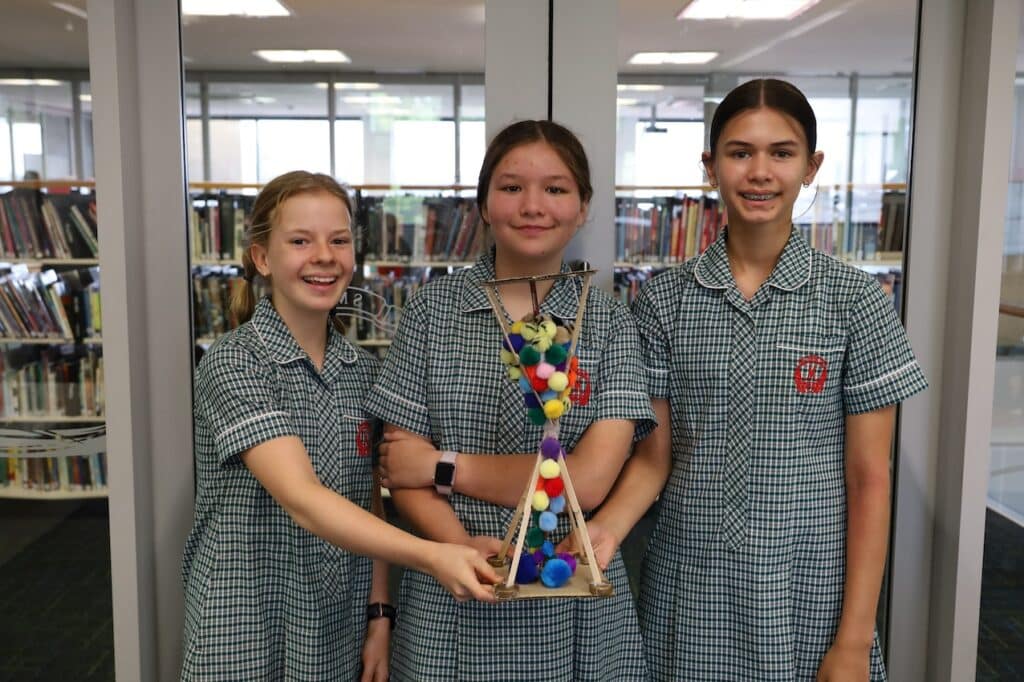
Operating within a limited budget, students had to strategically purchase materials for their building designs. Additional funds could be earned through investing in shares and completing class challenges, all meticulously tracked on a balance sheet showcasing debits and credits. Every purchase required an invoice, adding a layer of realism to the simulation.
IGNITE teacher Matthew White explains, “The buildings had to survive a test on the official ‘Santa Maria Earthquake Testing System’ (see below). The groups were set increasingly difficult building briefs, finally leading to a build that required them to suspend a 200g weight 30cm in the air, all while surviving the simulated earthquake. There were numerous designs, that as the teacher, I thought had very little chance of survival, however the students showed that by managing the centre of gravity through weights they could create abstract designs that moved with the earthquake.”
Through this project, students have honed a spectrum of skills – from engineering to investing and business management. Breaking stereotypes in traditionally male-dominated fields, this experience serves as a crucial step forward for females in these industries.
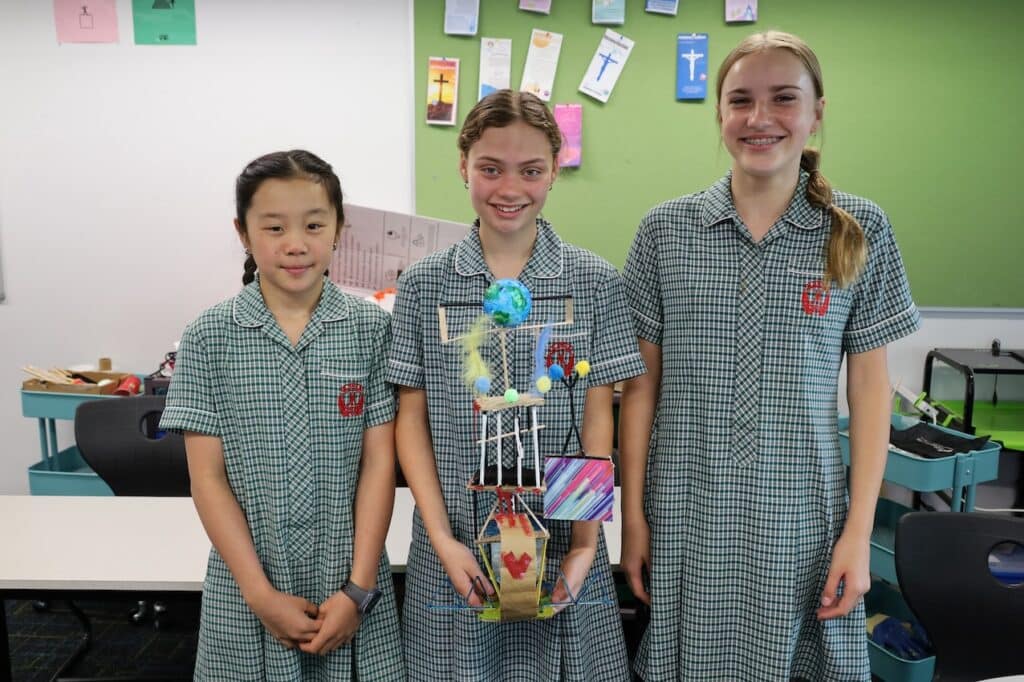
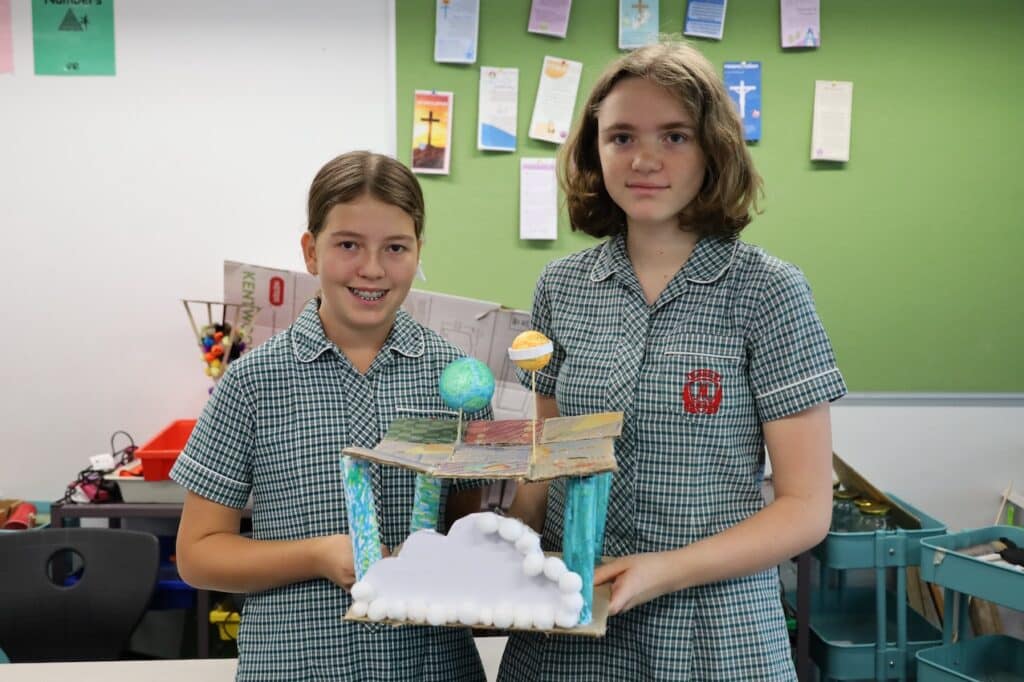
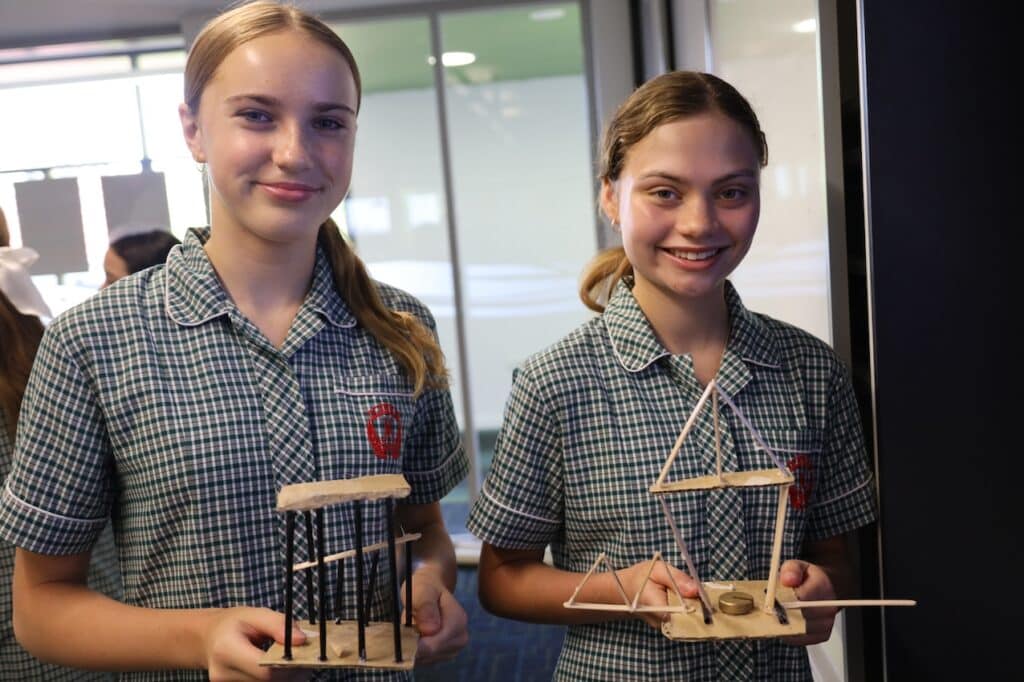
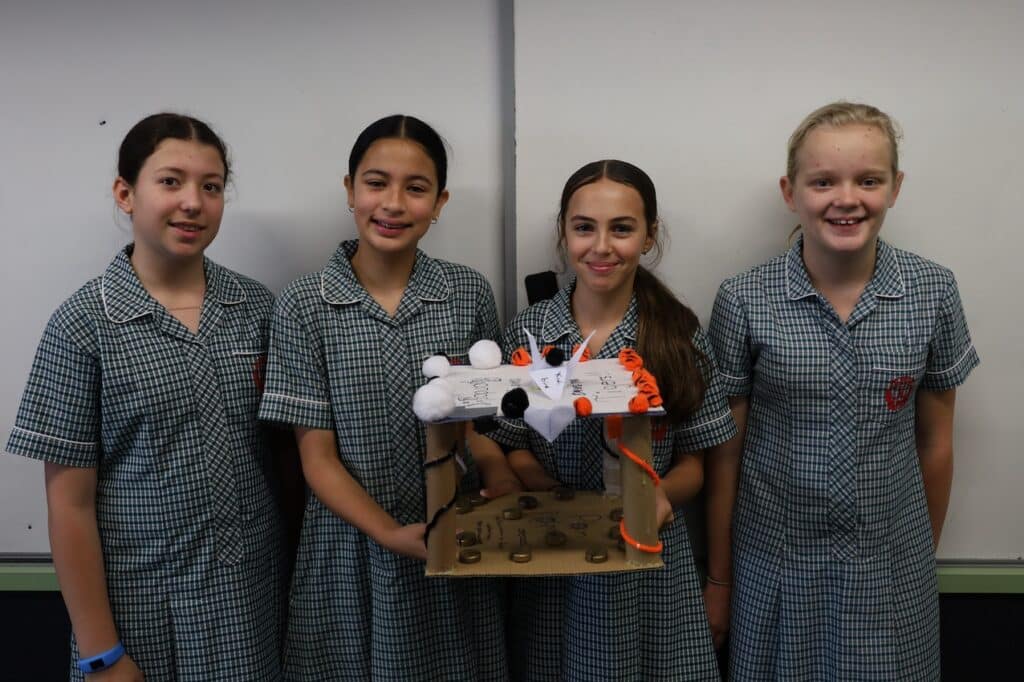
Below, we interviewed students from different ‘companies’ about aspects of their projects:
How did you incorporate creativity and innovation into your building design to make it both functional and visually appealing?
“We incorporated innovation by thinking outside the box and letting our imaginations run wild. We wrote down our thoughts on paper and the other members of the group piggy-backed off the ideas. Our ideas were very creative and showed the thought process of our brains. They were unique and executed very well. At the start, we researched different ways to make our building strong and able to withstand an earthquake. We incorporated those strategies into our builds, and they worked extremely well. Our ideas included colours, interesting features, and a multitude of different elements, so our builds were very visually appealing.” Neve McDonald from No Earthquakes
What aspects of the project did you find most challenging and rewarding?
“The aspect of the project that we found most challenging was trying to buy all the materials that we needed with the money that was provided. We had lots of ideas for amazing builds, but they cost a lot of money to produce, and the accountant would have to manage all the money-related problems and we couldn’t help! Everyone had separate jobs, and no one could help each other. For example, the architect could not help build the building with the construction workers and vice versa. We even had to do extra to earn extra money for our build like science work and pick up rubbish Creating the building was challenging because things would break, we would run out of materials, and it wouldn’t survive the earthquake but no matter what, we were always proud of what we had achieved.” Adele Tavani from Safe Earth
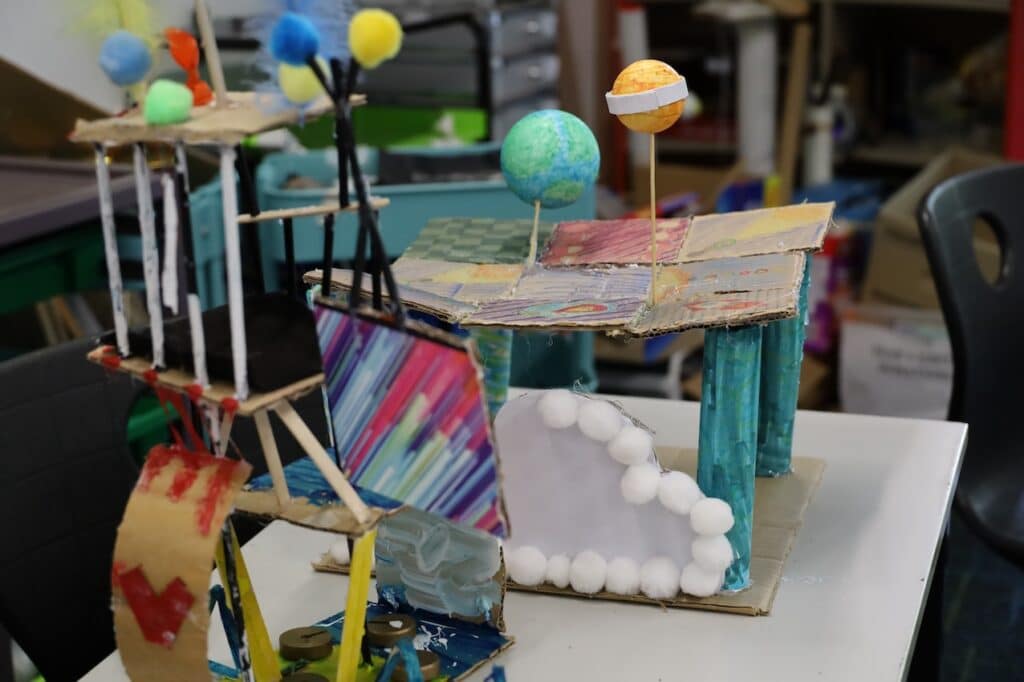
What challenges did you face during the construction phase, and how did you address them?
“The first challenge we faced was having a scarce amount of money and arguing over what to buy. We overcame this challenge by coming to a group agreement and deciding what we should and shouldn’t buy. The second challenge we faced was one of our buildings was too light and we didn’t have the money to buy more weights, so we had to answer questions and do jobs to earn money to buy the extra weights.” Emily McCarthy from Safe Earth
How did you budget and allocate your resources when purchasing building materials and equipment for your project?
“When budgeting the resources, we took into mind our vision and what design we were hoping to create. We considered the prices of the materials and what we really needed and how much we needed of it. The budgeting was actually fun.” Chloe Theseria from Aftershock
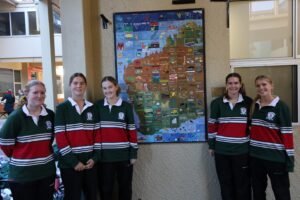
Santa Maria’s Boarding Mural: A Tapestry of Unity
As part of Boarding Week, our boarders have presented the College with a remarkable art mural which adorns the walls outside the Cafe.

Shayla Wins Class Clowns 2024
Shayla was recently crowned winner of the Class Clowns National Grand Final at the Melbourne International Comedy Festival.
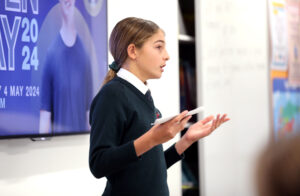
The Value of Student Voice – Jennifer Oaten
“At Santa Maria College, we are not only given the opportunity, but we are encouraged by our teachers and each other to voice our opinions, concerns and ideas—to continue moving forward as a school and as a community. Student voice is integral for growth, and allows for us, as students to have an active role in shaping our education.”
- Collaboration, Creativity, CriticalThinking, Curiosity, Featured, FinancialLiteracy, ProblemSolving
Author: Santa Maria College
Santa Maria College is a vibrant girls school with a growing local presence and reputation. Our Mission is to educate young Mercy women who act with courage and compassion to enrich our world. Santa Maria College is located in Attadale in Western Australia, 16 km from the Perth CBD. We offer a Catholic education for girls in Years 5 – 12 and have 1300 students, including 152 boarders.





